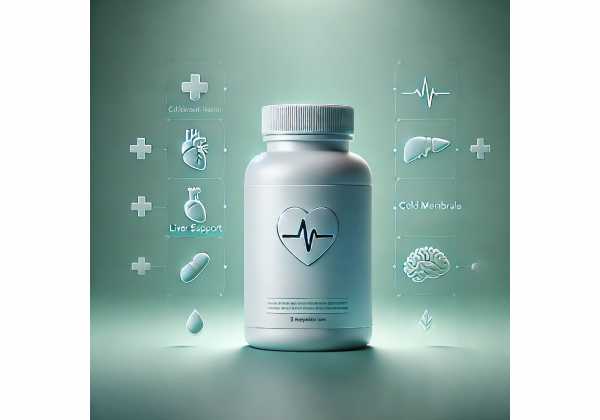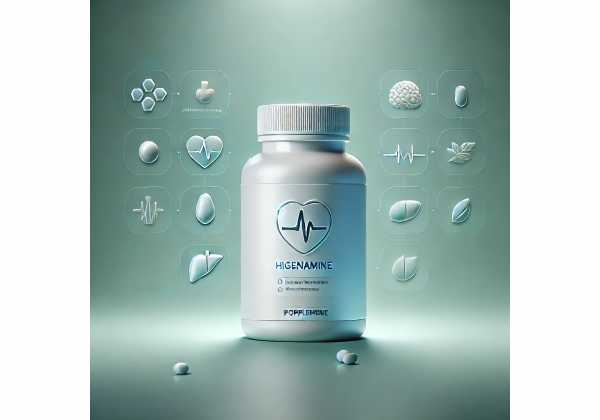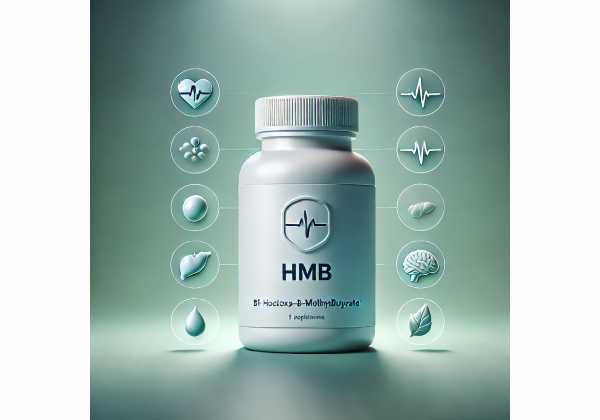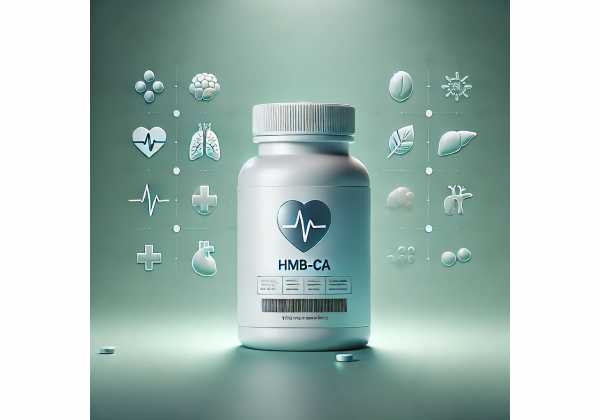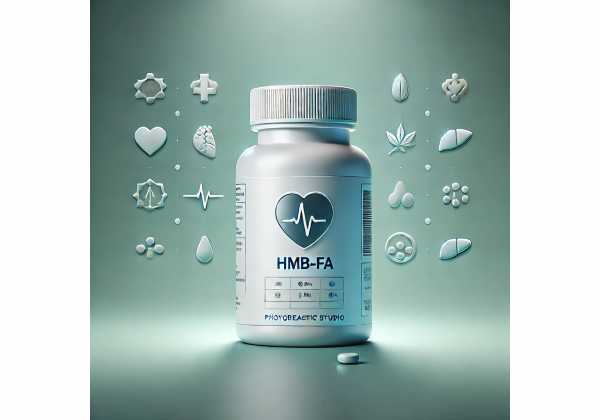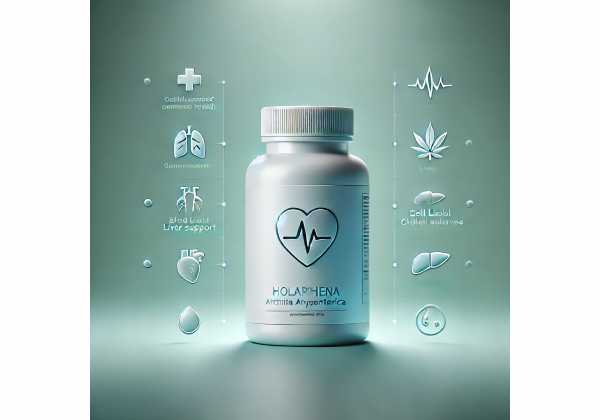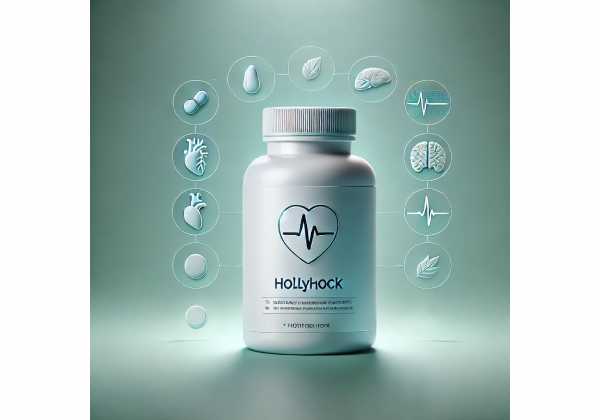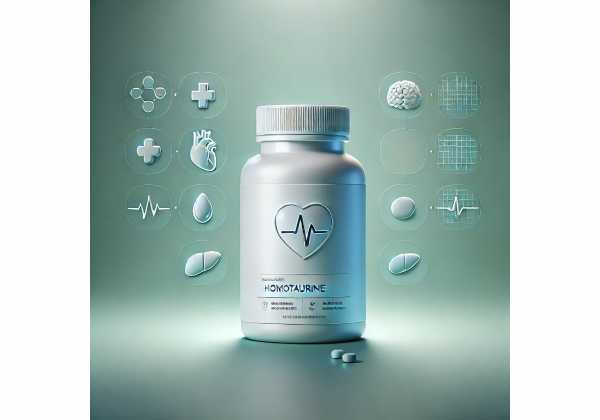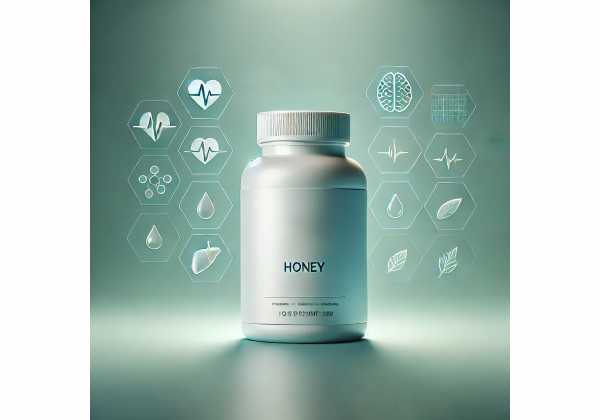Herring roe oil: Science-Backed Benefits for Lipids and Inflammation, Optimal Use, and Safety Profile
Herring roe oil (HRO) is an omega-3 supplement extracted from the eggs of Atlantic herring. Unlike standard fish oil—which stores most EPA and DHA in triglycerides—HRO naturally concentrates these fatty acids in phospholipids, a form your body readily incorporates into cell membranes. HRO typically features a DHA-dominant profile (often DHA:EPA ≈ 2–3:1) plus minor bioactives from the roe matrix....
Hesperetin: Microcirculation and Venous Support, Clinical Evidence, Dosage, and Risks
Hesperetin is the bioactive citrus flavanone your body makes after digesting hesperidin—the compound concentrated in orange and tangerine peel and pulp. As the aglycone form, hesperetin is absorbed more readily and interacts directly with blood vessels, helping them relax and respond to changes in blood flow. Research links regular intake (from citrus, enriched beverages, or supplements) with small but...
Hesperidin: Citrus Flavonoid Benefits for Veins and Heart, How to Take It, and What to Avoid
Hesperidin is a citrus-born flavonoid—most abundant in oranges and tangerines—that supports the health of veins, capillaries, and the lining of your blood vessels. In clinical research, hesperidin (and its close relative hesperetin) has improved microcirculation, eased leg heaviness and swelling in chronic venous disease, and modestly lowered blood pressure in people with elevated readings. It also acts as an...
Hibiscus sabdariffa: Natural Hypertension Aid, Evidence-Based Dosage, Brewing Methods, and Precautions
Hibiscus sabdariffa—often called roselle, karkadé, or flor de Jamaica—is a tart, ruby-red herbal that has moved from traditional kitchens to modern clinics. People most often drink it as a tea or take it as a standardized extract for blood pressure support, healthy cholesterol balance, and gentle fluid regulation. Its vivid color comes from anthocyanins and related polyphenols that also...
Higenamine: Complete Guide to Benefits, Properties, Use Cases, Dosage, and Side Effects
Higenamine is a plant-derived alkaloid best known for its stimulant-like, beta-2 adrenergic activity. You will see it on some “fat burner” and pre-workout labels, often alongside caffeine or yohimbine. In pharmacology settings, higenamine has been studied for effects on heart rate, bronchodilation, and lipid mobilization. In sports, however, it is prohibited at all times because beta-2 agonists are banned...
Himalayan Salt: What It Is, Real Benefits versus Myths, Dosage Guidance, and Risks
Himalayan salt—often sold as pink crystals or fine powder—is a rock salt mined primarily from the Khewra Salt Mine in Pakistan. Its distinctive color comes from trace minerals like iron. Marketers claim it hydrates better, contains “84 minerals,” balances pH, and beats regular table salt for health. In reality, Himalayan salt is still mostly sodium chloride, so its benefits...
Hispidulin: Uses for Calm and Sleep, Mechanisms, Dosage, and Side Effects
Hispidulin is a plant-derived flavone found in sage, skullcap, and several Artemisia species. Early research suggests it may gently modulate the brain’s GABAA receptors, calm neuroinflammation, and influence metabolic and vascular pathways. That combination has put hispidulin on the radar for people exploring natural options for stress, sleep quality, cognitive resilience, and healthy blood sugar support. At the same...
Histaminase (DAO): Benefits for Histamine Intolerance, Practical Dosing, Meal Strategies, and Risks
Histaminase—better known as diamine oxidase (DAO)—is the main intestinal enzyme that breaks down histamine from food. When DAO activity is low or overwhelmed, histamine can build up and trigger symptoms such as flushing, headaches, nasal congestion, itching, hives, and digestive discomfort. Targeted use of histaminase supplements aims to support the enzyme barrier in the gut, especially before meals likely...
HMB (β-Hydroxy-β-methylbutyrate): Muscle Preservation, Strength Benefits, How to Use, Dosage, and Safety
HMB (β-hydroxy-β-methylbutyrate) is a metabolite of the amino acid leucine that helps your body keep muscle tissue in balance—especially when training hard, dieting, or recovering from illness or age-related loss. It does this by curbing muscle protein breakdown and supporting the rebuilding process. Research in athletes, older adults, and clinical populations suggests HMB can aid strength, functional performance, and...
HMB-Ca: Muscle Recovery Benefits, How to Use It, Recommended Dosage, and Safety
HMB-Ca (calcium beta-hydroxy-beta-methylbutyrate) is a supplemental form of HMB, a metabolite of the amino acid leucine. It is promoted to reduce muscle protein breakdown, support recovery, and help maintain lean mass during hard training or calorie deficits. Compared with the free-acid form (HMB-FA), the calcium salt is absorbed more slowly and is typically taken in divided doses with meals....
HMB-FA: Science-Backed Benefits, Best Practices for Use, Recommended Dose, and Side Effects
HMB-FA (beta-hydroxy-beta-methylbutyrate, free-acid form) is a dietary supplement derived from the amino acid leucine and promoted for muscle recovery, strength, and performance. Compared with calcium-bound HMB (HMB-Ca), the free-acid form is absorbed rapidly and is commonly taken before training to blunt muscle protein breakdown and soreness. Research in resistance-trained and untrained adults shows mixed but instructive results: some trials...
Holarrhena antidysenterica: Diarrhea Relief, How It Works, Dosage, and Side Effects
Holarrhena antidysenterica, often called kurchi or indrajav, is a traditional Ayurvedic remedy best known for easing infectious diarrhea and dysentery. The bark and seeds contain steroidal alkaloids—especially conessine—that show antimicrobial and antidiarrheal actions in lab and animal studies. Modern interest also extends to gut motility support, potential anti-parasitic effects, and complementary antimicrobial strategies. In this guide, you’ll learn what...
Hollyhock: What It Does, How to Prepare Tea and Syrup, Dosage, and Risks
Hollyhock (Alcea rosea) is a classic cottage-garden plant with a quiet history in traditional medicine. Like its close relatives in the mallow family, hollyhock is rich in mucilage—soothing, gel-forming polysaccharides that coat and calm irritated tissues. Herbalists have long applied the flowers and roots for scratchy throats, dry coughs, and minor skin irritations, while warm infusions have served as...
Homotaurine: Evidence on Memory Support, Dosing Strategies, and Side Effects Explained
Homotaurine (also called tramiprosate) is a small, seaweed-derived amino sulfonate designed to do two things in the brain: bind amyloid-beta (Aβ) to hinder toxic oligomer formation, and modulate inhibitory signaling at GABAA receptors. It crosses the blood–brain barrier and has been tested extensively in Alzheimer’s disease (AD), including large, multicenter trials. While those trials did not meet primary endpoints...
Honey: Evidence-Based Benefits, Proper Dosage for Adults and Children, and Safety Explained
Honey is more than a sweetener. It’s a concentrated, shelf-stable food made by bees from flower nectar, naturally rich in sugars, small amounts of acids, enzymes, and aromatic compounds. For health, honey’s value shows up in two places: as a soothing oral remedy for cough and sore throat, and as a topical dressing that helps maintain a moist, protected...
Honeysuckle: Evidence-Based Guide to Benefits, Properties, Dosage, and Safety Explained
Honeysuckle is a name shared by several plants used in wellness, most notably the flower buds of Lonicera japonica (Japanese honeysuckle, a classic herb in East Asian formulas) and the deep-purple berries of Lonicera caerulea (haskap, or blue honeysuckle), which are rich in anthocyanins. While the two belong to the same genus, their uses differ. The flowers are typically...

